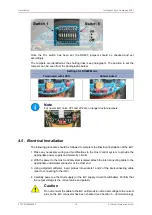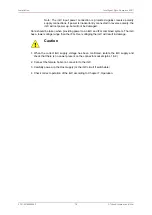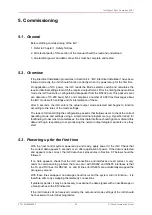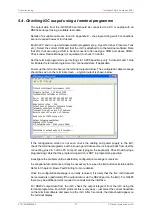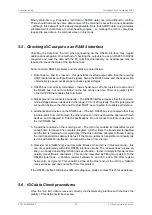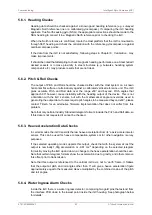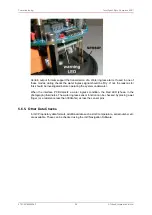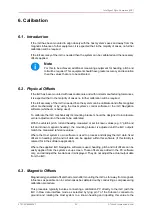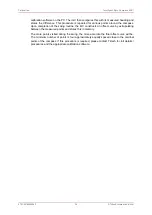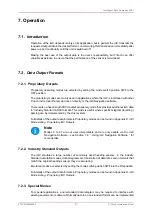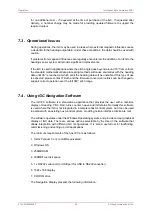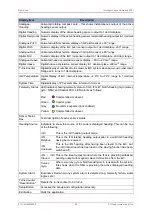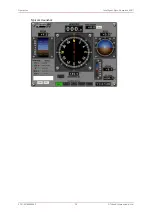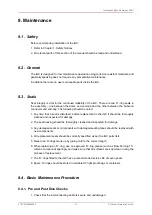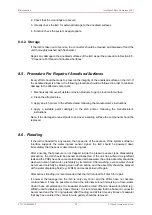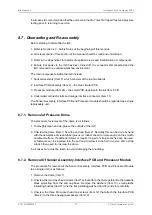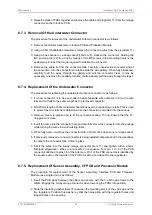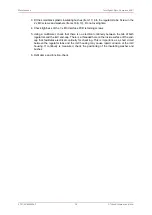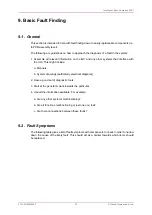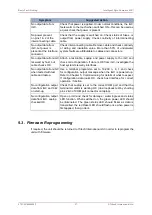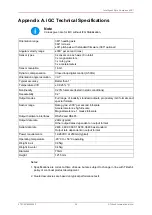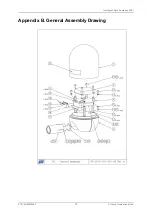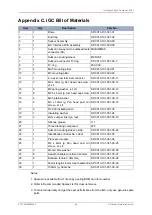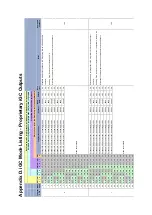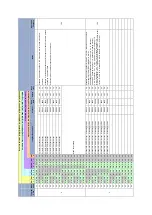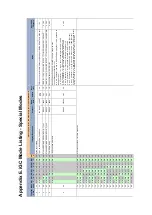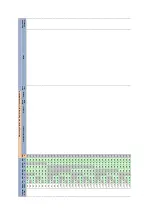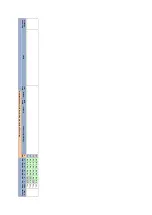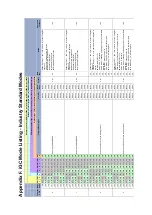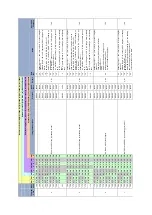
Maintenance
Intelligent Gyro Compass (iGC)
0707-SOM-00004-7
32
© Tritech International Ltd.
2. Check that the mountings are secure
3. Visually check the iGC for external damage to the anodised surfaces
4. Function check the system as appropriate
8.4.2. Storage
If the iGC is taken out of service, the connector should be cleaned and blanked off and the
unit thoroughly washed with fresh water.
Repair any damage to the anodised surfaces of the iGC as per the procedure in Section 8.5,
“ Procedure For Repair of Anodised Surfaces ”.
8.5. Procedure For Repair of Anodised Surfaces
Every effort should be made to preserve the integrity of the anodised surface on the iGC. If
the anodised layer is broken, the following procedure should be followed in order to minimise
damage to the affected component:
1. Mechanically remove all visible corrosion products to get a clean metal surface
2. Clean the affected area
3. Apply an etch primer to the affected area, following the manufacturer’s instructions
4. Apply a suitable paint coating(s) to the etch primer, following the manufacturer’s
instructions
Note: If the damaged area extends to and over a sealing surface the component should be
replaced.
8.6. Flooding
If the iGC is flooded for any reason, then speed is of the essence. If the system software /
interface supports the water ingress sensor signal, the iGC should be powered down
immediately that the sensor detects water ingress.
After ensuring that pressure is not trapped inside the pressure vessel (see disassembly
procedure), the iGC should be opened and inspected. If the unit has suffered a significant
leak and the PCBs have become contaminated with seawater, the entire assembly should be
washed in clean fresh water, preferably by immersion. After washing, excess water should
be removed carefully by blowing clean with an airline, and the assembly should be sprayed
with a water displacing fluid (e.g. WD40) and excess blown off again.
After serious flooding it is recommended that the iGC returned to Tritech for repair.
If however the leakage into the iGC is only very minor and the PCBs have not become
contaminated, it may be possible to clean the internals without immersing in fresh-water.
Under these circumstances, the seawater should be dried off and a de-watering fluid (e.g.
WD40) used to displace any traces of water. It is recommended that the Subconn connector
be removed and the ‘O’-ring replaced after flooding, and at this time any traces of seawater
that bay have entered the connector wire gallery should be removed.

